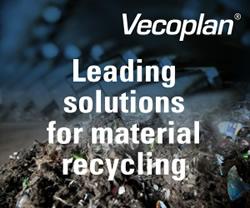All-carbon solar cell developed by scientists could lead to cheaper solar panels
A solar cell made entirely from carbon, one of the most abundant elements on earth, has been developed for the first time by a research team from Stanford University. The discovery opens the door to much cheaper energy generation capabilities in the future. The results are published in the Oct. 31 online edition of the journal ACS Nano.
Stanford Professor Zhenan Bao says:
"Photovoltaics will definitely be a very important source of power that we will tap into in the future,"
said study senior author Zhenan Bao, a professor of chemical engineering at Stanford University .
"We have a lot of available sunlight. We've got to figure out some way to use this natural resource that is given to us."
Stanford University scientists have developed the first solar cell made entirely of carbon. This new solar cell promises a cheaper alternative to the expensive, silicon-based photovoltaic solar panels available today.
Comments (0)
This post does not have any comments. Be the first to leave a comment below.
Featured Product

